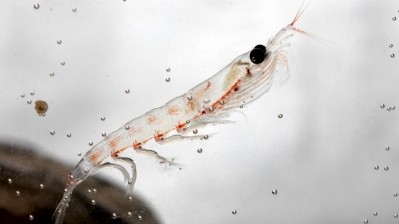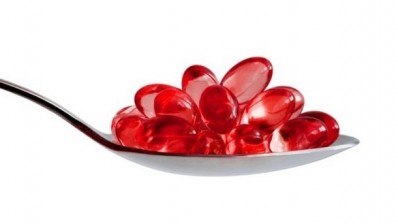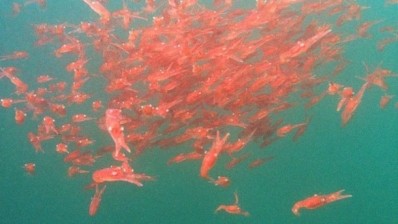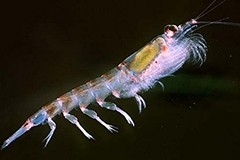Asian krill boom drives krill joint venture
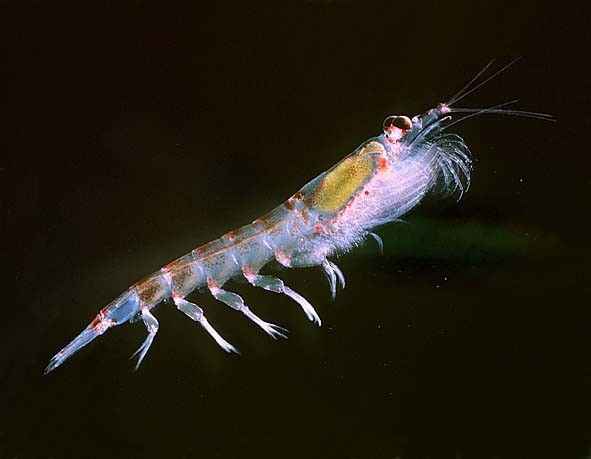
Rimfrost owner Olympic Seafoods has formed a new venture called Rimfrost USA LLC with New Jersey-based botanical extracts supplier, Avoca, that will give it a production potential of 600 tonnes per year, a level equivalent to current worldwide production.
Even T Remøy, sales and marketing director at Rimfrost, told NutraIngredients the production capacity boost was primarily being driven by growth in Asia.
“These markets are opening up all the time – the more established ones like Australia and Japan, and newer markets like Korea and Taiwan. Companies are able to supply these markets now.”
Rimfrost previously had a capacity of 300 tonnes per year, before its new option at Avoca’s GMP facility.
Remøy said the move would not alter pricing for its krill offerings which sat between €120 and €150 per kilogram, depending on volumes.
Avoca had been chosen because of its 50-year history in botanical extraction and processing, along with the fact the firm already had some experience in krill processing with other players.
Consumer interest in krill is primarily being driven by its high omega-3 and phospholipid nutritional profile that has been backed by agencies like the US Food and Drug Administration (FDA) and European Food Safety Authority (EFSA) to benefit heart and brain health.
Rimfrost launched in May to join a krill sector populated by players like Canadian firm, Neptune, Norwegians Aker, Biomarine, and Israeli company, Enzymotec.
Neptune signed its own deal with a Chinese company Shanghai KaiChuang Deep Sea Fisheries Co earlier in the year that meant its output of 150 tonnes per year could rise to around 500 tonnes by 2014.
The Antarctic krill fishery is maintained by CCAMLR (Commission for the Conservation of Antarctic Marine Living Resources) and the British Antarctic Survey (BAS) has backed its sustainability.
In 2010, about 210,000 tonnes of krill were caught – 34% of a trigger limit of 620,000t – a level established to minimise environmental risk, although BAS has called for ongoing spatial, population, environmental and harvesting research.
US healthy foods retailer, Whole Foods, cited sustainability concerns when it withdraw krill products from its shelves in 2010, although it has subsequently acknowledged that the fishery has won certifications, and says it is reviewing sustainability across all marine ingredients.
